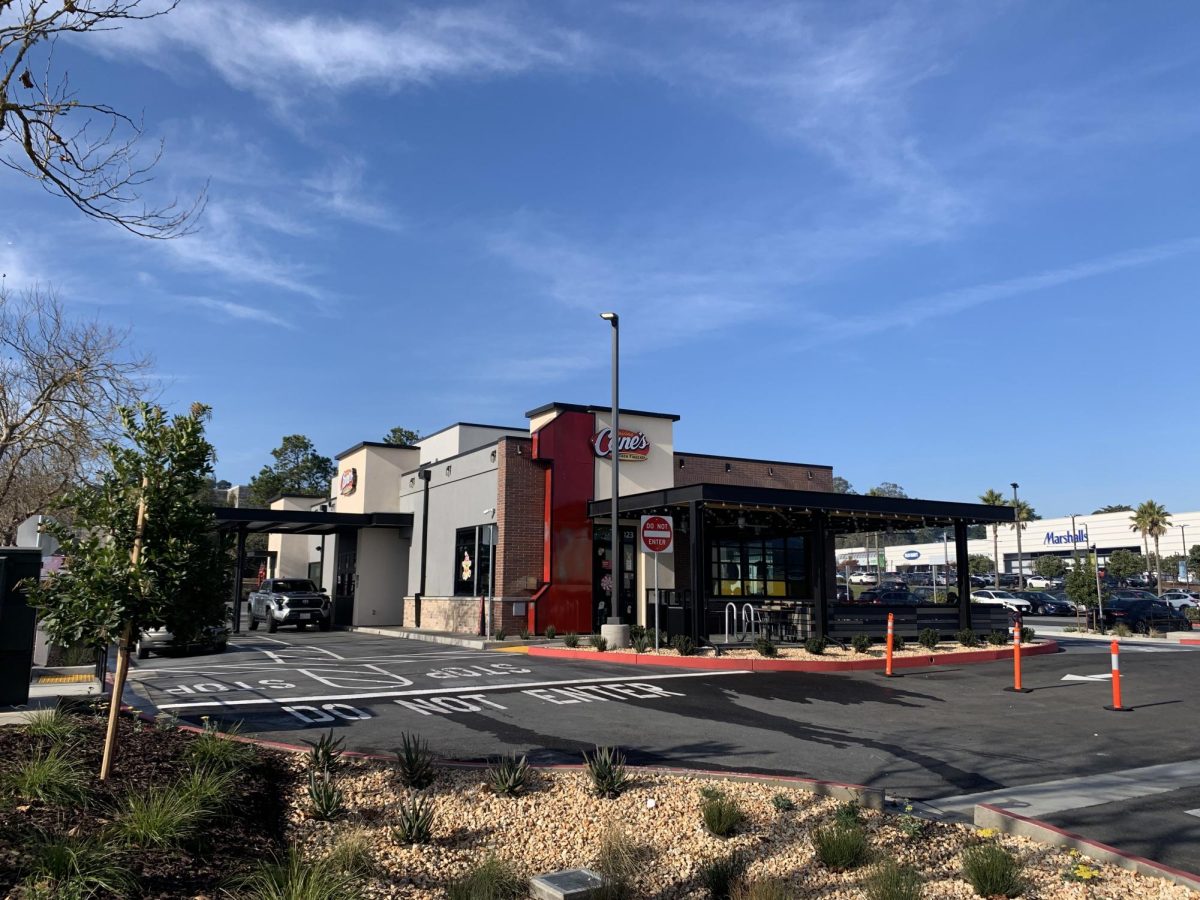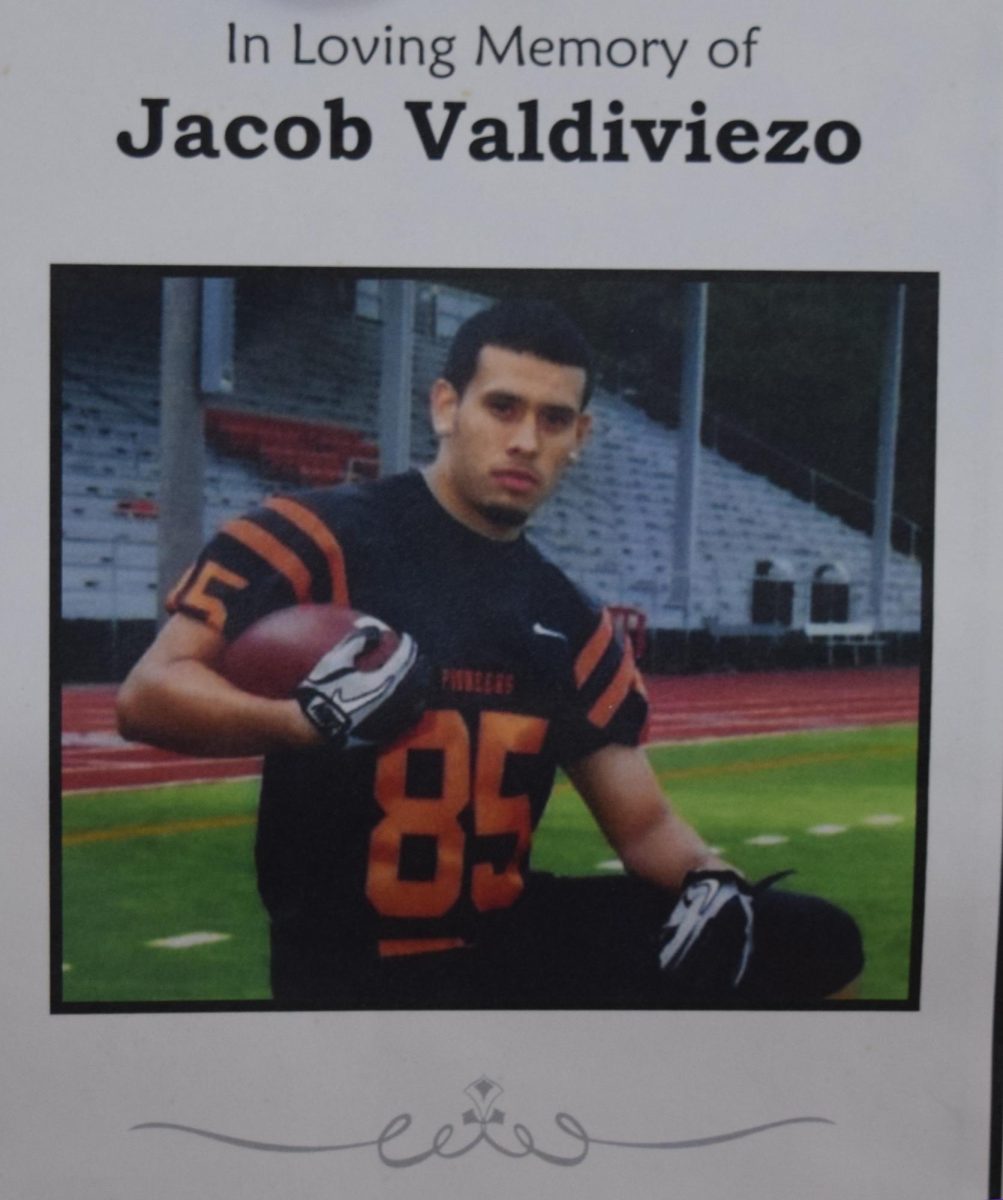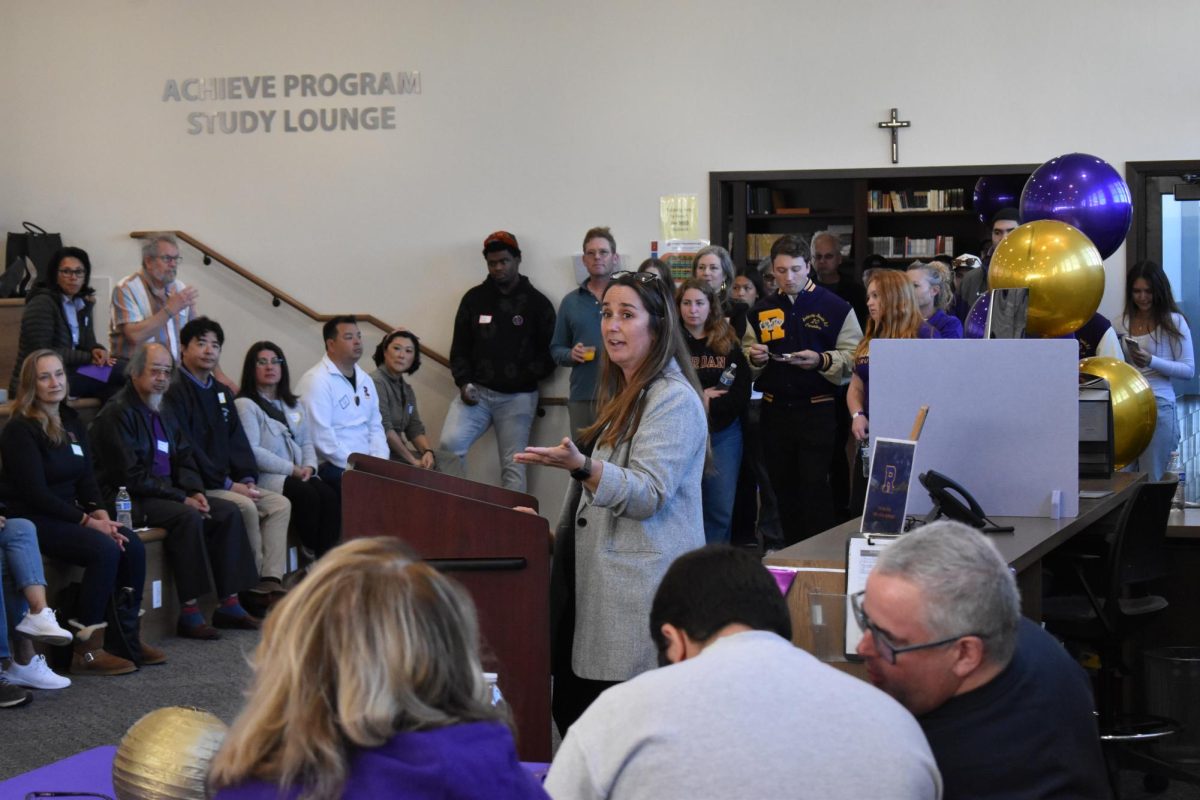Cursive writing is making a comeback in California schools after a new bill was signed into legislation.
Gov. Gavin Newsom signed a bill late last year, requiring cursive writing to be taught in first through sixth grade. Many schools are preparing instruction for this school year, as the new law took effect starting in January.
Cara Wong ’24 recalled the time when she learned how to write in cursive in elementary school, stating, “I do think learning to write cursive can be beneficial for students…I remember learning cursive and it was just a lot of repetitive writing.”
Cursive writing was not universally removed from schools in 2010, but many chose to move away from it in favor of typing.
There has been a trend in education toward emphasizing digital literacy and keyboard skills over handwriting, including cursive.
“While I think it is nice to learn another skill, I also think making kids write in cursive all the time might add to the stress they already feel from school,” Wong added.
“Cursive activates a different part of the brain, potentially contributing to improved cognitive development, focus, and concentration,” said Diana Assereto, Dean of Academics.
“It requires very precise hand-eye coordination which enhances fine motor skills and dexterity.”
For students with learning differences, cursive can aid in memory improvement, visual processing, and attention to detail.
If a student struggles with letter reversal the connected flow of letters provides a natural sequence that could minimize letter confusion. Connecting letters can also help with spelling and reading abilities.
English teacher and former RSP instructor Kim Loder expressed her enthusiasm for the idea, stating, “I believe reintegrating cursive into the curriculum will positively influence students’ academic achievement.”
A strategy she will teach is a multi-sensory approach, which introduces the alphabet according to Letter Families. This includes teaching basic strokes that make up cursive letters such as upward and downward strokes, loops, and curves. Grouping similarly shaped letters is another foundational way to learn the basics.
For high school students, knowing cursive allows them to read historical documents and other texts that may have been written in cursive. Many documents require a personal signature, and cursive is used to make one’s signature distinctive and even artistic.
Once cursive is mastered, it can be quicker compared to hand printing or even typing.






